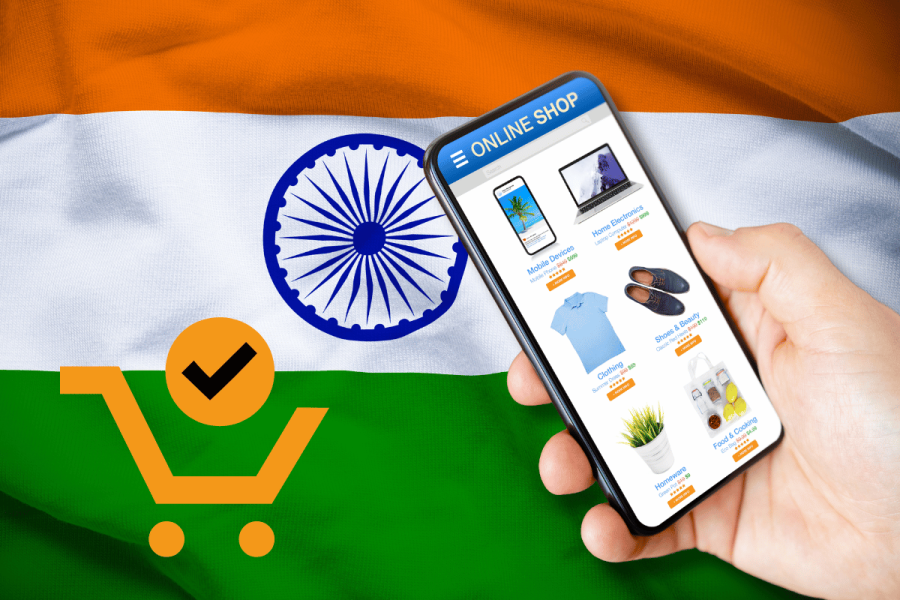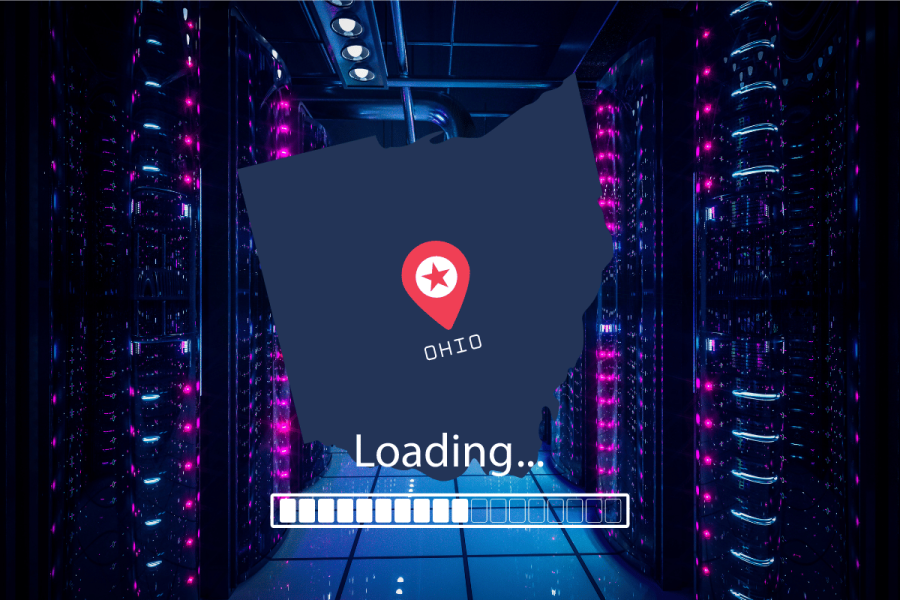Imagine a family organizing app, powered partly by artificial intelligence, that can anticipate and execute your every need at home.
It plans meals on your request, then makes a shopping list to use. You can tell it to create a to-do list for your child’s birthday list, and it responds with tasks like sending invitations, buying decorations, and pre-ordering pizza; each task can be assigned deadlines and delegated to a partner or spouse within the app. It can receive emails you send it about school and sporting events and effortlessly schedule them on your calendar.
In fact, these are all things you can do on one or more of the family organizing apps and platforms Jam, Maple, and Ohai.ai, which use AI in an effort to automate different aspects of home life.
These services offer versions of an AI administrative assistant designed to make your home life run smoothly, specifically by taking the busy work out of scheduling and planning, which often falls on women to perform.
In two-person households where one parent does most of this relentless work, these digital organizers have the potential to significantly ease their mental load. After all, the partner who claims ignorance, accurately or not, has little excuse when a family organizing app brings them directly into the scheduling and planning trenches.
If that kind of support sounds too good to turn down, especially in the thick of back-to-school season, here’s what you should know about choosing and using one of these services.
What to know before you use a family organizing app
If you live and die by your work calendar, start by adjusting your expectations of any digital family organizer. Companies that use enterprise calendar software, like Google or Outlook calendar, may not give you permission to sync with an unapproved third party app, often for security reasons.
Without access to your work calendar, these services are seriously hamstrung, because they can’t pull in your job-related meetings and obligations to show in their own proprietary calendar or scheduling system.
Michael Perry, CEO of Maple, said this is one of the few calendaring problems the company hasn’t been able to solve. Jam CEO Jessica Etting said her company is looking at ways to push the scheduling information users create on their platform onto their work calendar, which doesn’t require the same workplace permissions.
On Jam and Ohai, you can send the services an email or message with times and dates to block, and its AI will extract the information and perform the task automatically. Otherwise, the only workaround is to manually enter your one-off and recurring work meetings, a major initial and ongoing concession. (Note to information technology and human resource managers: Allowing parents to sync their digital organizers with their workplace calendar just might boost their productivity and morale.)
Which digital family organizer is right for you?
Before choosing a digital family planner, it’s best to test your top choices. Jam, Maple, and Ohai, for example, share some common features, like scheduling, delegating, and planning, but have very different vibes.
Jam’s crisp, clear lines and simply presented tools minimize clutter. It’s what you might expect HGTV home organizing stars to use.
Credit: Jam
Maple revolves around folders for organizing tasks and lists. The interface can feel crowded, but the nesting-doll effect of its tools may reassure the most thorough of planners.
Ohai is exactly the product you’d expect from the founder of Care.com, Sheila Lirio Marcelo, who has texted with her personal assistant daily for years. On Ohai’s web browser, the service serves up conversational AI against a black backdrop, with a handful of task-management tools in a sleekly designed sidebar. You can also reach Ohai via text message, which plays up the feeling of having a personal assistant. Ohai’s app will launch in October.
Each service is free to use or download, but premium features require a subscription. Jam costs $7.99 per month or $59.99 annually, and offers a one-month free trial. A Maple Plus subscription is $9.99 per month or $75.99 per year.
With Ohai, 90 percent of tasks are completed by AI, according to the company, but the remainder are performed by human assistants. This includes more complicated scheduling requests, like importing dates from a PDF, as well as “out-of-scope” tasks, like finding Taylor Swift concert tickets. (Good luck with that, Ohai.) The platform’s monthly cost is $26.99. By comparison, the maximum average hourly rate for a personal assistant in the U.S. is $29, according to Care.com.
The highlights of using a digital family organizer
Efficient personal calendaring is the winning feature for each of these services, even if some kinks still need working out.
Being able to send Jam and Ohai emails and invitations with upcoming event dates, then have the services automatically add them to my personal calendar, felt freeing. Jam even added related to-do items for certain events. Not all of them were necessary tasks, but I didn’t mind having Jam’s AI overthink things for me if all I needed to do was ignore or delete the item.
Perry, Maple’s CEO, said the platform will eventually incorporate the ability for its AI to ingest emails and schedule events, but he wants the company’s margin of error to be as close to zero percent as possible. Maple’s current calendar focus is on presenting multiple, useful views and side-by-side comparisons of family members’ calendars that are legible on mobile.
Credit: Maple
Indeed, Jam did add events to my calendar that weren’t applicable to my children’s grades when it scanned a school-wide email. Etting said the company is developing features, like school grade filters, that help Jam identify what information to pull when it receives a forwarded email.
Marcelo, CEO and co-founder of Ohai, told me that such challenges are why the platform has a human in the loop. Users can tell Ohai that they only want certain things added to their calendar, and Ohai’s human assistants may review the request as necessary.
All of the services make use of some combination of task-sharing, reminders, deadlines, and push notifications to provide users with fail-safes and improved household communication.
The services’ meal-planning capabilities are also a promising start to saving households time on one of the most labor- and time-intensive tasks around the home. Maple can take a recipe from a URL and create a shopping list.
Users can ask Ohai for a specific recipe, like chicken mole, and it will not only generate a shopping list, but also import the items directly into your Instacart basket. Better yet, it can merge multiple recipe shopping lists into one master list.
Credit: Ohai.ai
Jam plans to add robust meal-planning features in the future, but currently does make it possible for users to add daily meals to their calendars, attached to a shopping list. Once that list is created by the user, it can be constantly updated.
Family organizer apps are still a work in progress
With any AI product, things might not work as intended.
I ran into this largely with Ohai, which I tested in beta. When I asked Ohai to remind my husband to clean the bathroom after we’d split up the day’s chores, it asked for his phone number. When I accidentally put a typo in the number, I asked Ohai to stand down, then I resent the correct number. Ohai said it would contact him, but he never received a text. Marcelo looked into the incident and said the initial wrong number tripped Ohai up, a bug the company is fixing.
At one point, Ohai presented me with information explaining that it could make restaurant reservations, so I made a specific request for my favorite Mexican restaurant. Ohai texted me back to say it couldn’t actually make a reservation. Marcelo explained that “O” sometimes experiments with things she “says she can do,” and noted that reservations would be added to the platform’s repertoire in the future. She later added that I may have encountered outdated marketing material from Ohai’s alpha launch.
One does wonder what could go wrong with an AI assistant that likes to get creative and also has access to the data that makes your family’s life go round. Worst case scenarios aside, there’s an argument for gauging exactly how much AI you need in your family’s life, and waiting to see how some of the more ambitious products evolve over time.
After all, you’re handing over a tremendous amount of personal information to any digital organizing company. The CEOs of Jam, Maple, and Ohai all told me that they encrypt data, either as it’s stored (or in the case of Maple, when it’s in transit between the app and its servers); take its retention seriously; and don’t sell it to third parties.
Whatever service you choose, just make sure it meets your needs. Subscribing to a family organizing app that you don’t like or use is the last thing you have time or energy to regret.




















